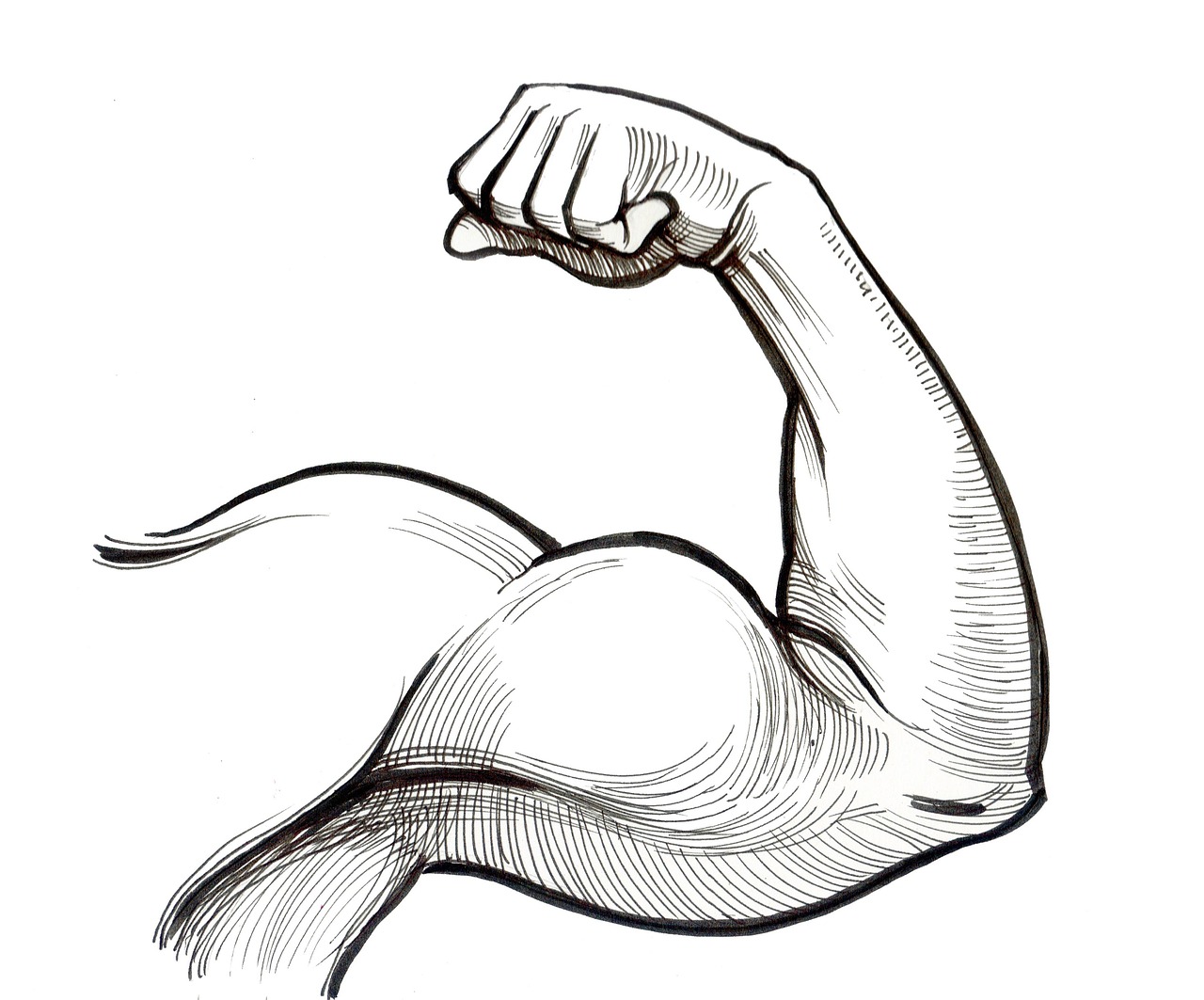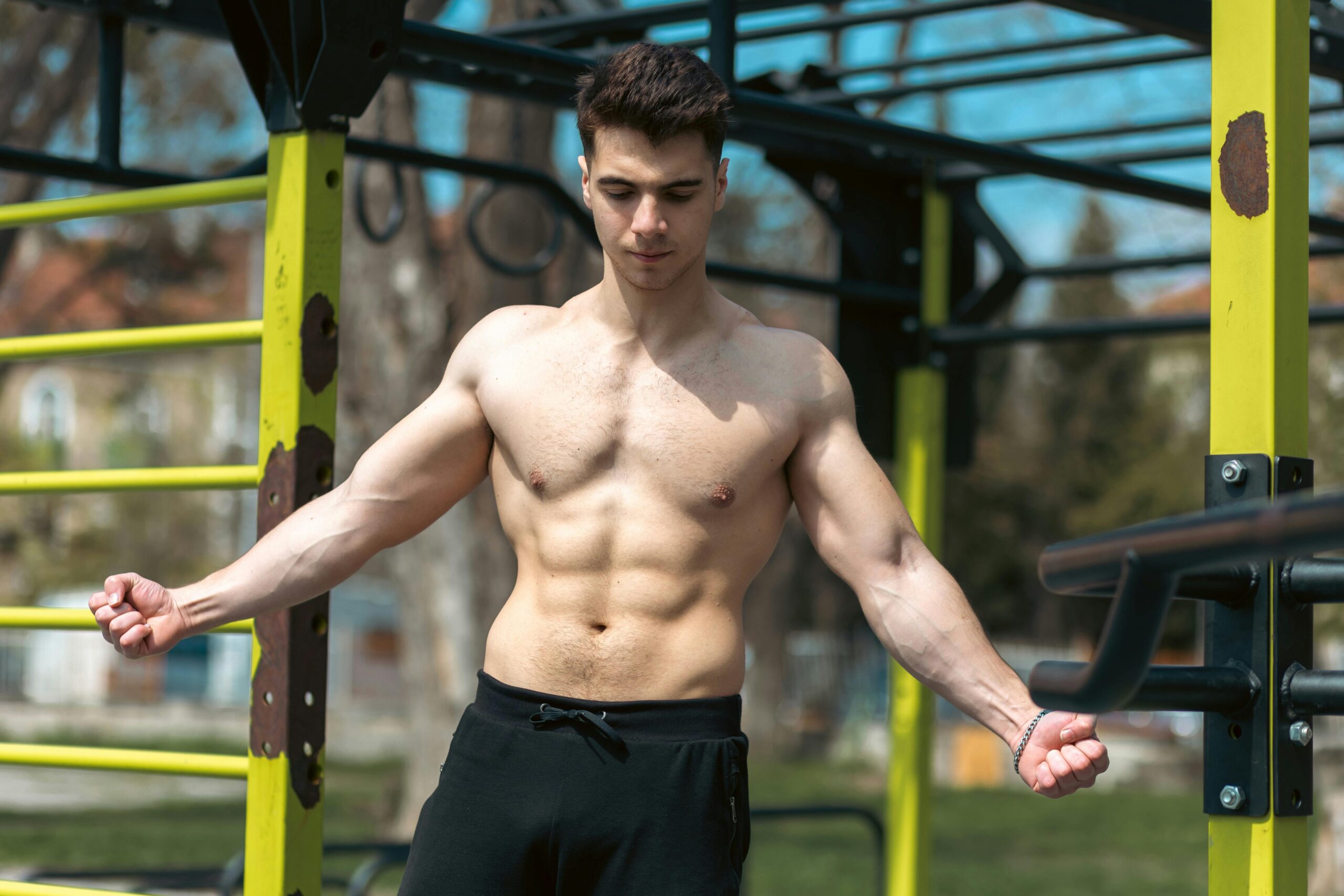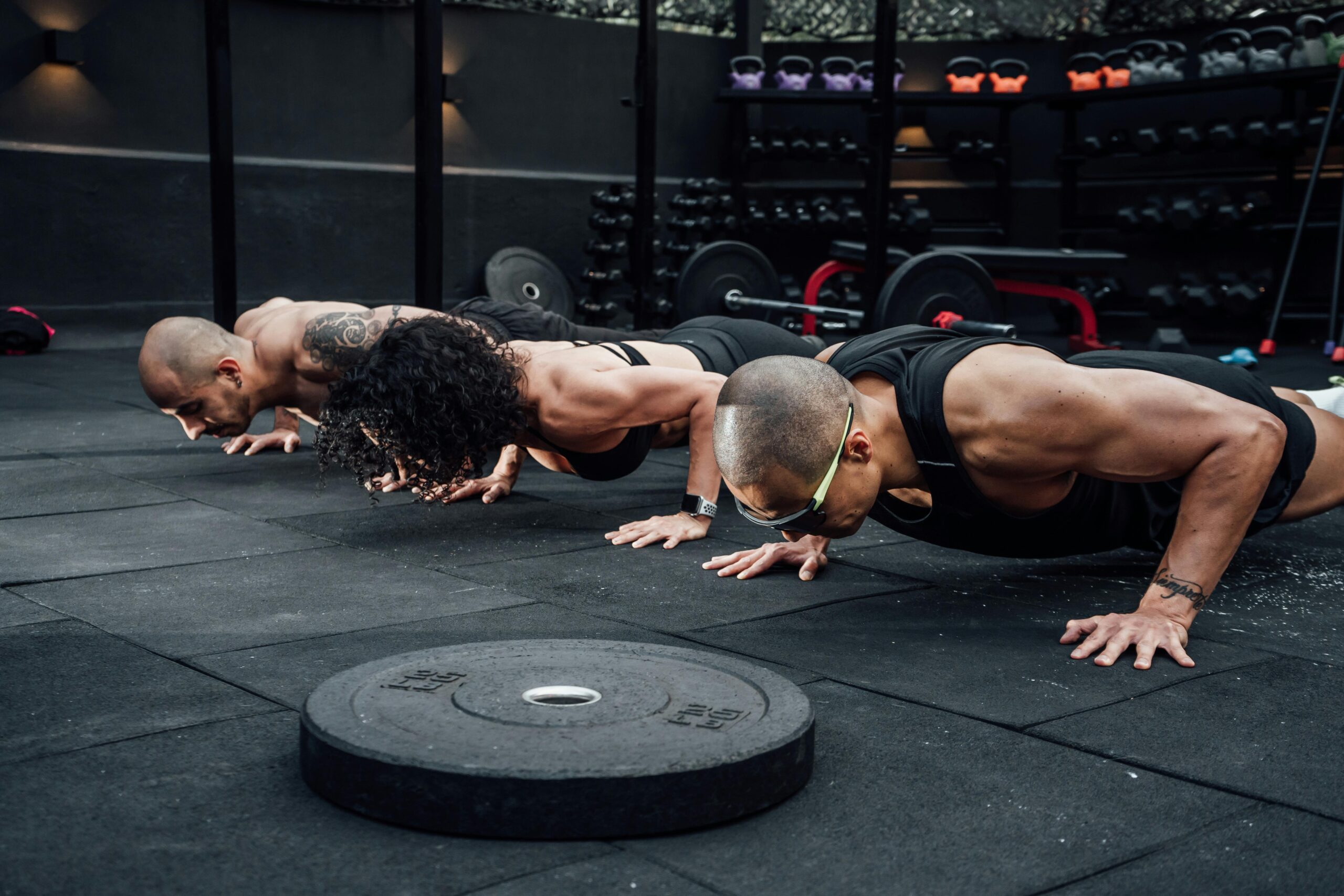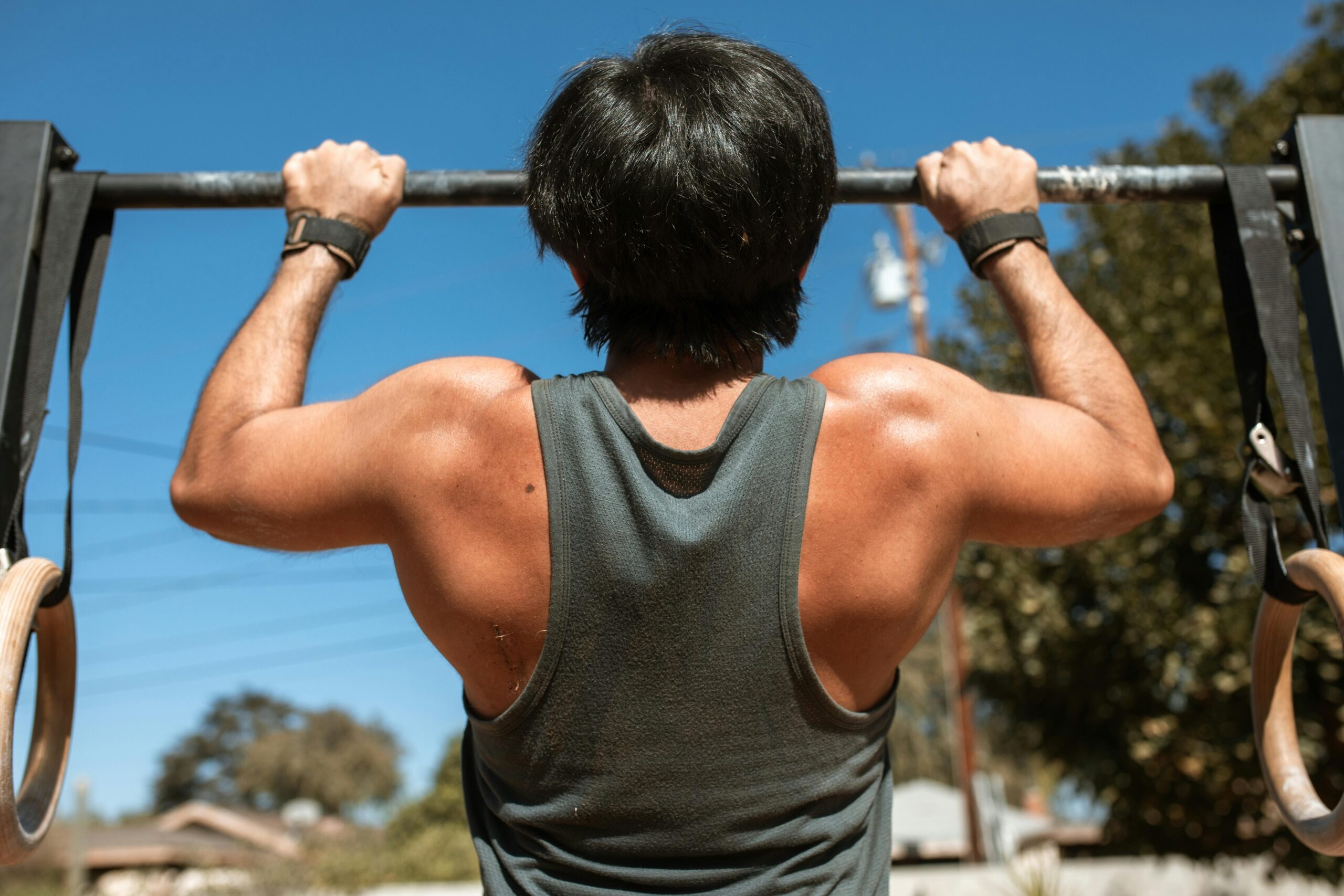Calisthenics vs Yoga: Which Is Right for You?
The debate of calisthenics vs yoga has been ongoing among fitness enthusiasts, and for good reason. Both disciplines offer a wealth of benefits for the body and mind, yet they cater to different goals and preferences. Whether you’re a beginner looking to improve flexibility or a seasoned athlete seeking strength training, understanding the differences and overlaps can help you choose the best fit for your lifestyle.
In this post, we’ll dive into the world of calisthenics vs yoga, comparing their benefits, approaches, and outcomes to help you make an informed choice.
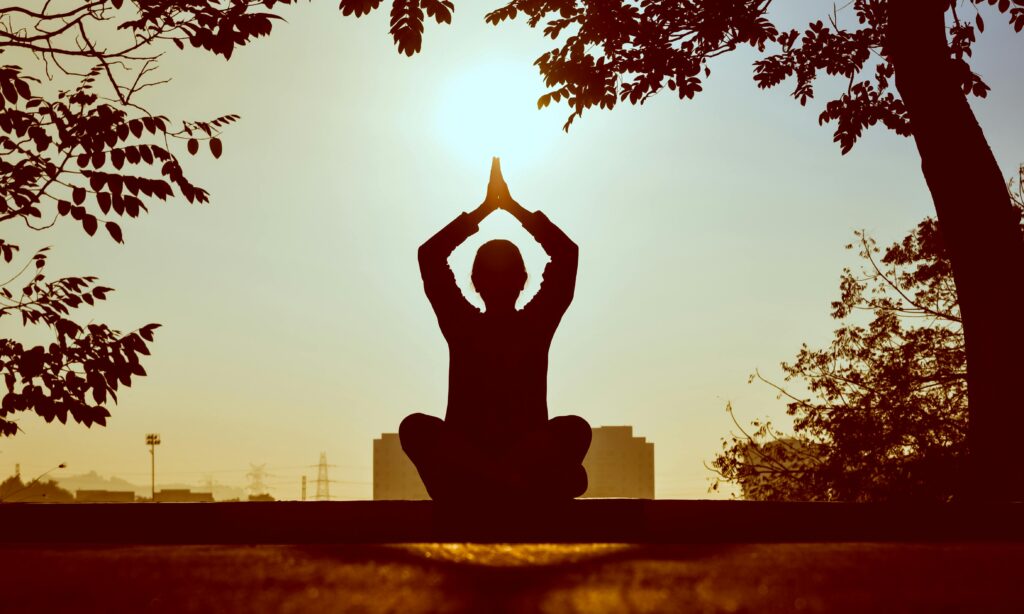
What Is Calisthenics?
Calisthenics is a form of strength training that uses your own body weight as resistance. From pull-ups to push-ups and everything in between, calisthenics is all about building functional strength and improving overall fitness without the need for equipment.
Key Benefits of Calisthenics:
- Strength Building: Calisthenics focuses on core and body strength through movements like pull-ups, dips, and planks.
- Improved Mobility: Exercises like squats and lunges enhance joint mobility.
- Scalability: Suitable for all fitness levels, as exercises can be modified for beginners or advanced athletes.
- Convenience: No equipment or gym memberships are necessary—you can work out anywhere.
What Is Yoga?
Yoga is an ancient practice that combines physical postures, breathing exercises, and mindfulness. While it’s often associated with flexibility and relaxation, yoga also builds strength and improves balance.
Key Benefits of Yoga:
- Flexibility and Balance: Yoga emphasizes stretching and alignment, which enhances flexibility and stability.
- Stress Relief: The mindfulness and breathing techniques of yoga promote mental clarity and relaxation.
- Core Strength: Many poses, such as the plank or downward dog, strengthen the core and stabilizing muscles.
- Accessibility: Yoga can be practiced at home or in a studio, with minimal equipment.
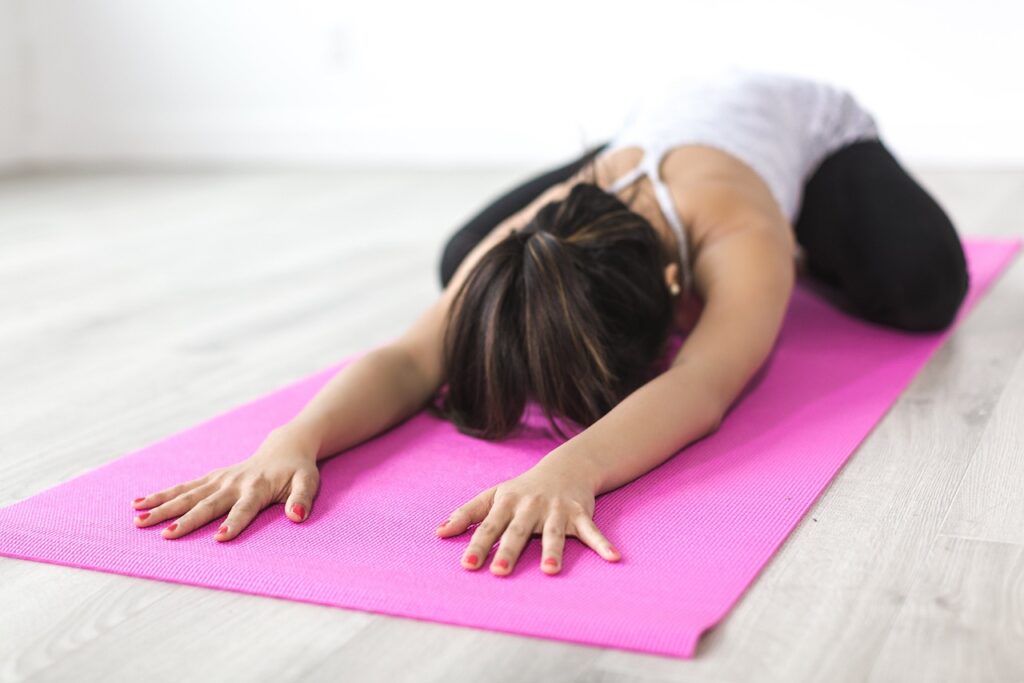
Calisthenics vs Yoga: A Head-to-Head Comparison
When deciding between calisthenics vs yoga, it’s helpful to understand how they compare in different areas.
1. Strength Training
- Calisthenics: Offers a more intense focus on building muscle strength, especially through compound movements like pull-ups and dips.
- Yoga: While yoga builds strength, particularly in the core and stabilizing muscles, it’s not designed for hypertrophy or maximum power.
2. Flexibility
- Calisthenics: Increases mobility and functional flexibility but doesn’t emphasize stretching as much.
- Yoga: Excels in improving flexibility and lengthening muscles through various postures.
3. Mindfulness and Relaxation
- Calisthenics: Primarily physical, with less emphasis on mindfulness.
- Yoga: Combines physical activity with mental focus and stress relief, making it ideal for relaxation.
4. Cardio and Endurance
- Calisthenics: Certain routines, like high-intensity circuits, can boost cardiovascular fitness.
- Yoga: While yoga improves stamina, it’s generally less cardio-intensive.
5. Accessibility
- Calisthenics: Requires little to no equipment, making it highly accessible.
- Yoga: Similarly accessible, though some poses may require props like blocks or straps for beginners.
How to Choose Between Calisthenics vs Yoga
Your choice between calisthenics vs yoga depends on your fitness goals, preferences, and current lifestyle.
Choose Calisthenics If:
- You want to build strength and muscle tone.
- You enjoy dynamic, fast-paced workouts.
- You’re looking for functional fitness to support everyday movements.
Choose Yoga If:
- You want to improve flexibility and balance.
- You’re seeking stress relief and mindfulness.
- You prefer a slower-paced, meditative approach to fitness.
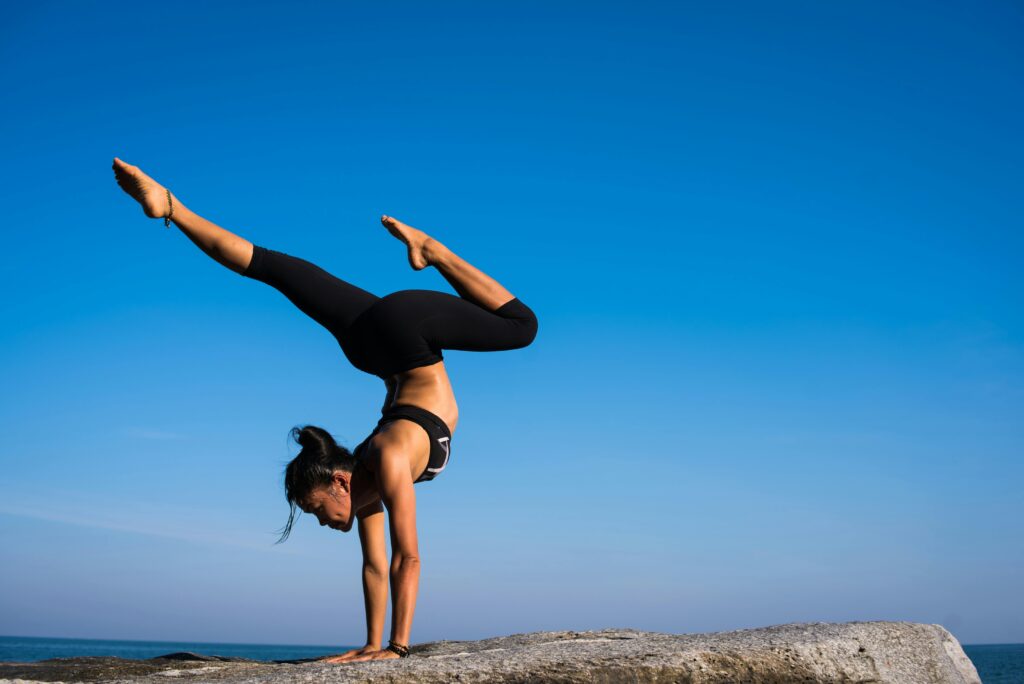
Can You Combine Calisthenics and Yoga?
Why choose when you can have both? Combining calisthenics vs yoga creates a balanced fitness routine that addresses strength, flexibility, and mindfulness.
- Example Routine: Start with a yoga flow to warm up and improve flexibility, then transition into a calisthenics circuit for strength training.
- Benefits of Combining: This approach prevents muscle imbalances, enhances recovery, and creates a well-rounded fitness program.
Common Misconceptions About Calisthenics vs Yoga
Let’s debunk a few myths to clarify the calisthenics vs yoga debate:
- Misconception 1: Yoga isn’t challenging.
- Truth: Advanced yoga poses require incredible strength and balance.
- Misconception 2: Calisthenics doesn’t improve flexibility.
- Truth: Many calisthenics movements, like deep squats, actively enhance mobility.
- Misconception 3: You must choose one or the other.
- Truth: Calisthenics and yoga complement each other beautifully.
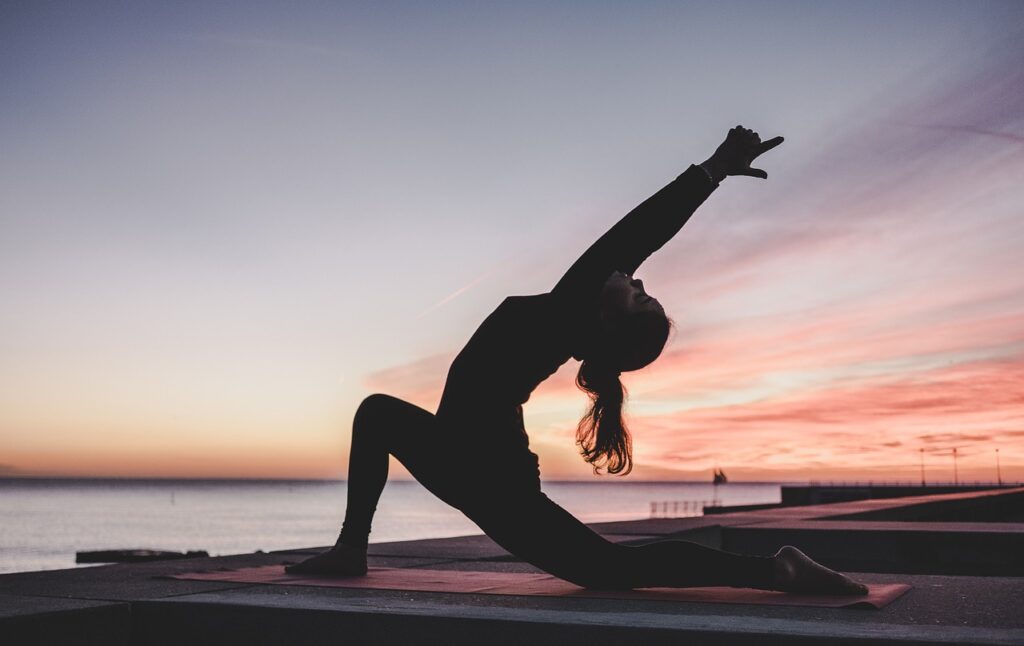
Popular Calisthenics and Yoga Moves to Try
Calisthenics Moves for Strength
- Pull-Ups: Builds upper body strength.
- Push-Ups: Strengthens the chest, shoulders, and triceps.
- Plank: Targets the core and improves stability.
Yoga Poses for Flexibility
- Downward Dog: Stretches the hamstrings and calves.
- Warrior Pose: Strengthens the legs and opens the hips.
- Child’s Pose: Relaxes the back and shoulders.
Final Thoughts
So, which is better: calisthenics vs yoga? The answer lies in what you’re looking to achieve. If strength and endurance are your focus, calisthenics is a great choice. If flexibility and mindfulness top your list, yoga might be the winner.
But remember, the best fitness routine is one that you enjoy and can stick with in the long run. Whether you’re mastering a pull-up or finding peace in downward dog, both disciplines have the power to transform your body and mind.
Why not try both and enjoy the best of both worlds?

